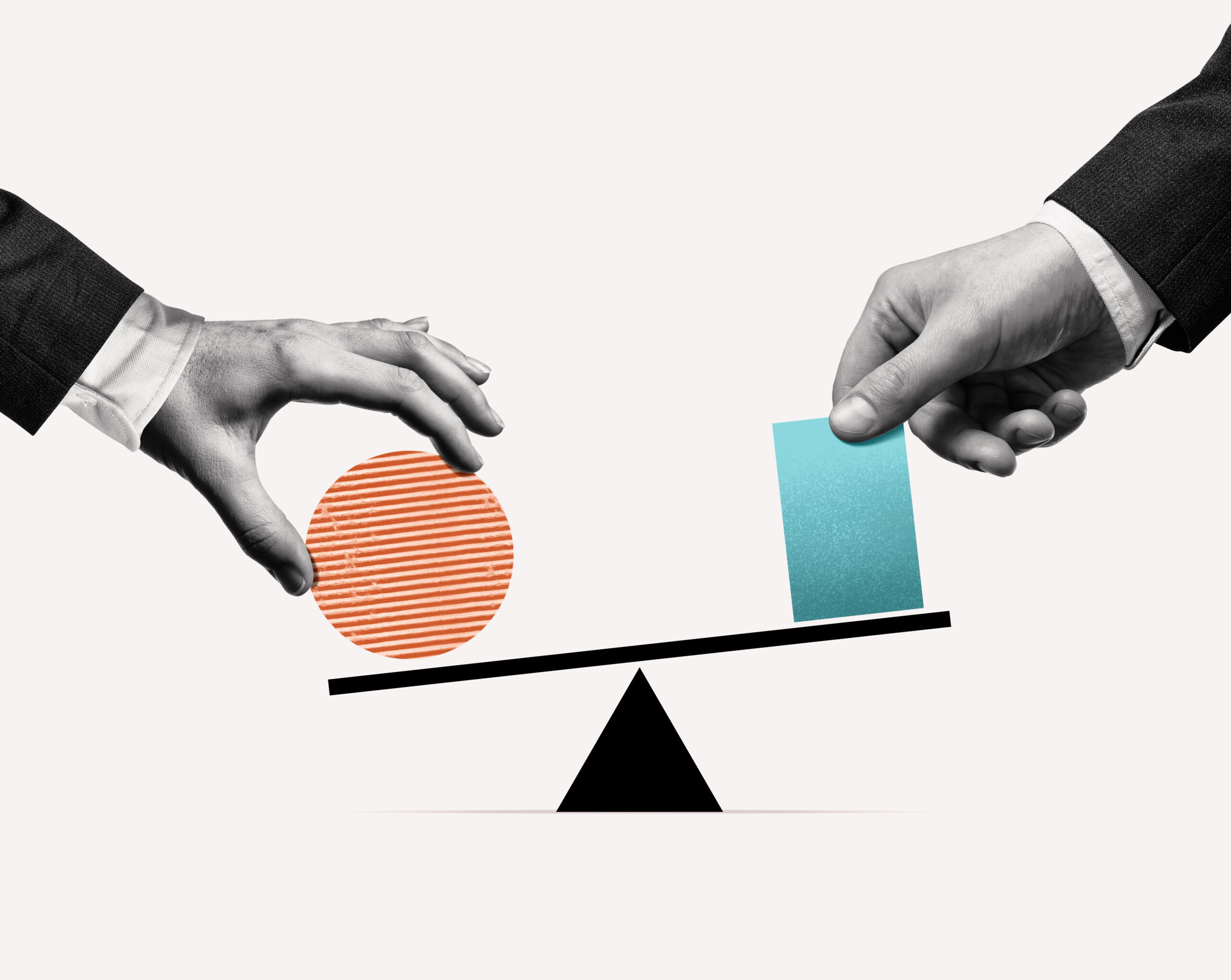Growing up, my life revolved around sports. From gymnastics and basketball to volleyball and diving, competition was second nature to me. The thrill of pushing myself to the limit, setting goals, and striving for excellence became a defining part of my identity. However, as I grew older, I discovered another passion that pulled me in a completely different direction—art and design. Transitioning from a world dominated by structure, discipline, and physical performance to one fueled by imagination, expression, and creativity was both exciting and challenging. Finding a balance between these two seemingly opposite worlds became one of the most rewarding journeys of my life.
The Competitive Spirit of Sports
Sports taught me the value of hard work, discipline, and perseverance. Every practice, every game, and every competition reinforced the idea that success comes from dedication and resilience. I thrived on the structure sports provided, knowing that progress was measurable. If I worked harder, practiced longer, and refined my skills, I would improve. The clarity of competition—winning and losing, setting records, and achieving personal bests—was motivating and kept me driven.
Beyond physical conditioning, sports shaped my mindset. I learned how to handle pressure, take constructive criticism, and push through setbacks. Team sports, in particular, taught me leadership, collaboration, and the importance of trusting others. Looking back, I realize that many of these lessons would later serve me well in the world of design and creativity.
Discovering a Passion for Art and Design
Despite my deep involvement in sports, I always had a creative side. I loved sketching, exploring different colors and textures, and experimenting with design. In high school, I started dabbling in graphic design, intrigued by how visual elements could communicate emotions, tell stories, and evoke reactions. The more I explored, the more I realized that art was more than just a hobby—it was something I wanted to pursue seriously.
When I made the decision to study graphic design at Kansas State University, it felt like a major shift. The structure and predictability of sports had given me a clear path, but the creative world was different. There were no stopwatches, no scoreboards, and no definitive wins or losses. Art was subjective, and success was often based on interpretation rather than hard numbers. It took time to adjust to this new way of thinking, but I found that my background in sports gave me a unique edge.
Applying Competitive Mindset to Creative Pursuits
At first glance, sports and the arts might seem worlds apart, but I quickly realized they share more similarities than I expected. The same discipline and work ethic that helped me succeed in sports became invaluable in my creative journey. Deadlines, critiques, and the pressure to constantly improve mirrored the intensity of training and competition.
One of the biggest challenges in the creative field is self-doubt. Unlike sports, where you can measure progress through tangible results, artistic growth is more abstract. However, my competitive nature pushed me to refine my skills, seek feedback, and embrace challenges rather than shy away from them. I learned that just as an athlete reviews game footage to improve, a designer must analyze past work, take constructive criticism, and continuously evolve.
Finding Balance Between Creativity and Competition
Over time, I found a way to merge my love for competition with my passion for art. Instead of competing against others, I started competing against myself—challenging my creative limits, experimenting with new techniques, and pushing beyond my comfort zone. I also found that participating in design competitions, working on collaborative projects, and setting personal creative goals gave me the same sense of motivation I once found in sports.
Moreover, my experience as an athlete taught me the importance of time management and discipline. Balancing school, design projects, and extracurricular activities required the same strategic planning that helped me juggle multiple sports. I treated my creative work like training—setting structured goals, dedicating time to practice, and refining my techniques to improve over time.
Lessons from Sports That Fuel My Creative Growth
Looking back, I’m grateful for my background in sports and the impact it has had on my artistic journey. The lessons I learned—resilience, adaptability, teamwork, and perseverance—have made me a stronger, more confident designer. I no longer see sports and art as two opposing forces but rather as complementary aspects of my identity. The competitive drive that once pushed me to excel in athletics now fuels my passion for design.
As I continue my journey in the creative field, I embrace the balance between structure and spontaneity, discipline and freedom, competition and expression. My path has been unconventional, but I wouldn’t have it any other way. Whether I’m designing a new project or hitting the slopes for a snowboarding session, I carry with me the lessons from both worlds, knowing that each experience shapes me into the artist and person I aspire to be.
Conclusion
Balancing creativity and competition is not about choosing one over the other—it’s about finding ways to integrate both. For those who, like me, have found themselves navigating between structured, goal-driven pursuits and open-ended artistic expression, know that it is possible to thrive in both. The discipline from sports can make you a stronger artist, just as creativity can bring new depth and innovation to competitive fields. By embracing both, we open ourselves to a world of endless possibilities and personal growth.
